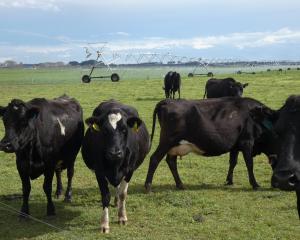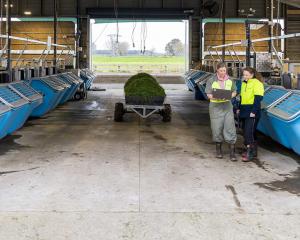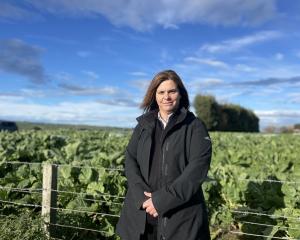
''Some of the earliest risk events occurred in Canterbury and Southland so this means local farmers are among the first to get through the whole process,'' he said.
The response in the South is managed out of a nondescript building in the middle of Invercargill.
At any one time there can be up to 40 staff across the various teams, made up of a mixture of Assure Quality and Ministry for Primary Industries (MPI) staff.
The team follows up on alerts from farms which can come from surveillance activities, movement tracking, calls into the response team, calf tests and from the results of bulk milk tests.
Once a risk event has been identified, the process to deal with the event and supporting the affected farmer kicks in.
Each farm is assigned an Incident Control Person (ICP) who is the first point of contact for the affected farmer. Besides dealing with the event, the ICP has the responsibility of helping not only deal with the event but of helping the farmer manage the process and where necessary start the process of applying for compensation.
Mr Nobbs said the ICP staff typically have a farming or compliance background and this has helped the communication process. ''We've had a very good farmer support to our response process,'' Mr Nobbs said.
''We've had very high levels of buy-in to our response protocols and methodologies.''
''We are continuing to workshop our response and working closely with farmers to continuously improve our processes,'' Mr Nobbs said.
The response in Southland was progressing well because there had been strong adherence to the protocols among farmers.
He said the Mycoplasma bovis outbreak has highlighted the importance of the national animal identification and tracing (Nait) system in tracking animal movements and identified areas where further action is needed; for example where a farmer has multiple properties.
''The response has been a very successful multi-agency exercise with national collaboration across government departments and industry groups and a strong commitment to science-based decision-making,'' Mr Nobbs said.
The response teams also had a responsibility to address the human aspects of the situation as well as management of the disease, he said.
''We recognise that there is an immediate impact [for] farms involved in the process, with farming systems, cashflow and future planning affected.''
He said this means the compensation process is started as soon as possible to support farmers through the process. Specialist advice is provided using agencies such as DairyNZ and Beef + Lamb.
As of November 23 there were 14 infected properties in Southland and 11 in Otago, with one property in Southland classified as active infected and five in Otago.
All active infected properties are under quarantine controls. These controls restrict the movement of stock and equipment on and off those farms to contain the disease. Active infected properties have yet to be depopulated, cleaned, and have their restrictions lifted.
There have been some positives from the approach to managing the Mycoplasma bovis outbreak, Mr Nobbs said.
''We believe we have now built world-leading systems in managing outbreaks such as the one we have faced here. We have built significant intellectual property around managing both the huge amount of data involved as well as the physical response and there is potential for this to be applied elsewhere,'' he said.
''It also means New Zealand is very well positioned to address any future events.''













